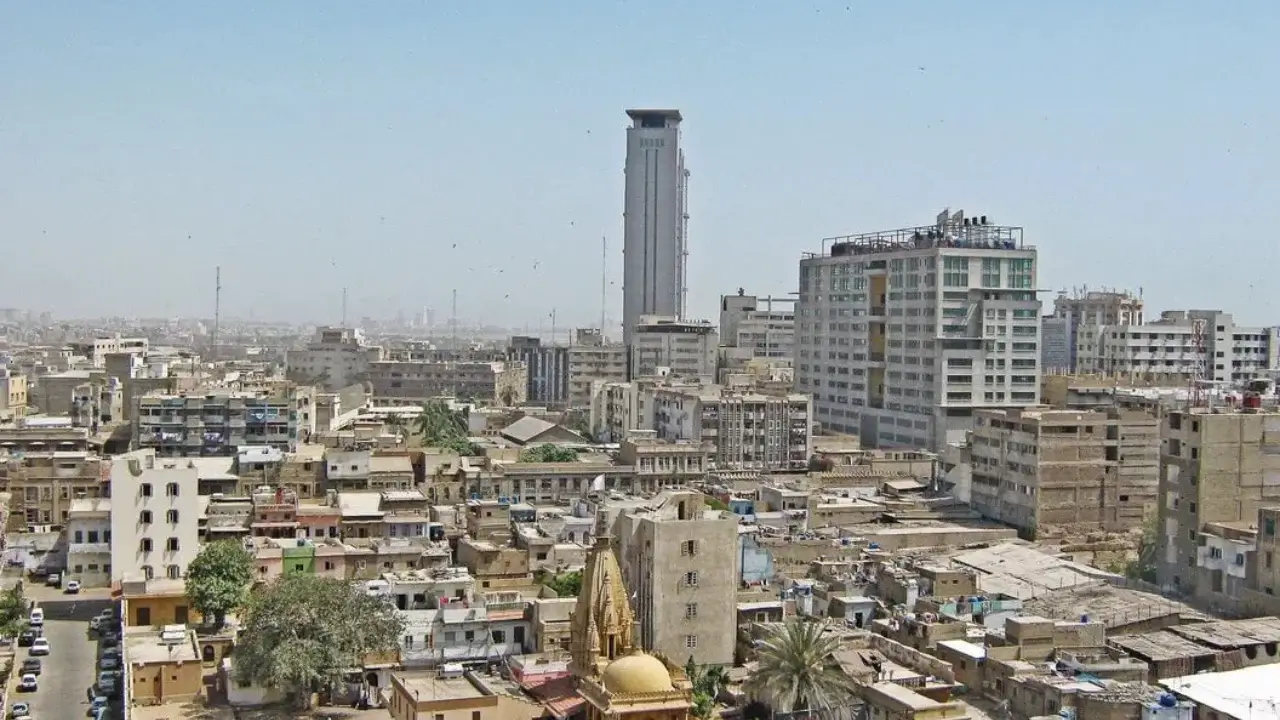
Pakistan is currently witnessing a relentless deterioration of its internal security, with July 2025 already emerging as the deadliest month for the country’s security personnel in recent years.
A staggering 82 security officials, including three Major-rank officers, have been killed in a wave of militant attacks, ambushes, and kidnappings across Balochistan and Khyber Pakhtunkhwa (KP) — two provinces that have long been at the epicentre of separatist violence and Islamist militancy.
The pattern is unmistakable: militants from both Tehrik-i-Taliban Pakistan (TTP) and Baloch separatist groups have ramped up their activities, launching a coordinated, bloody offensive against Pakistan’s security establishment.
The result is a country increasingly grappling with lawlessness, especially in its western provinces, where curfews have been imposed, and entire regions are now being classified as no-go zones for the military.
Twin insurgencies, unrelenting casualties
Pakistan’s military is currently stretched thin, battling what officials are now referring to as “twin insurgencies.”
The TTP, emboldened by the Taliban’s return to power in Afghanistan in 2021, has continued its onslaught in KP, while Baloch separatists have struck repeatedly in Balochistan, killing senior army officials and paramilitary personnel in highly coordinated operations.
In just the past few weeks, Major Anwar Kakar was assassinated in Quetta, Major Syed Rabnawaz Tariq fell to separatist gunfire in Awaran, and Major Ziad Salim Awal was killed in Mastung, another hotspot of Baloch militancy.
These attacks, claimed by groups like the Balochistan Liberation Army (BLA) and Balochistan Liberation Front (BLF), reflect not only the increasing precision of insurgent operations but also the growing intelligence and strategic coordination within militant ranks.
Meanwhile, on July 20, seven police officers were abducted in South Waziristan — an event that underscores the operational reach of the TTP deep into Pakistan’s tribal belt.
No-go areas and the collapse of local control
The situation on the ground is so grave that entire districts have been declared no-go zones for even the military’s elite units.
According to intelligence assessments, the most vulnerable areas include Mastung, Awaran, Kalat, and the outskirts of Quetta in Balochistan, and Orakzai, South Waziristan, North Waziristan, Tank, and Bajaur in Khyber Pakhtunkhwa.
In many of these regions, local district administrations have imposed curfews to allow the movement of security forces and to limit civilian casualties.
Yet the fear is palpable: the troops are reportedly reluctant to enter some areas due to the high likelihood of ambushes and IED attacks.
The term “no-go zone” is no longer rhetorical — it is being used by Pakistan’s own military to describe areas where they have lost operational control.
Blowback from decades of policy
To understand the chaos now engulfing Pakistan, one must look back at the country’s strategic decisions over the past five decades.
Since the 1970s, the Pakistani military establishment has cultivated and empowered Islamist groups in Afghanistan as part of its broader foreign policy doctrine — aimed at gaining strategic depth and countering Indian influence.
This policy culminated in Pakistan’s overt and covert support for the Taliban, even during the post-9/11 war on terror. But the Taliban’s return to power in 2021 has provided ideological and logistical reinforcement to the TTP, which now operates with near impunity along the porous Durand Line.
The same Islamism that Pakistan once nourished has now turned into an uncontrollable monster — an ideology that now threatens the very state that fed it.
The Balochistan question
Balochistan, Pakistan’s largest and least developed province, has been in a state of low-intensity conflict for decades.
But recent months have witnessed a sharp escalation in separatist violence.
The Baloch insurgents, long demanding autonomy or secession, have now modernised their tactics, frequently targeting senior military personnel and using sophisticated weaponry.
The loss of three Major-rank officers in just one month in Balochistan has sent shockwaves through the Pakistan Army’s ranks.
The killings demonstrate that the insurgency is no longer limited to remote tribal pockets — it has now penetrated urban and semi-urban centres.
Complicating the challenge further is the discontent among the local population, which often views the military presence as occupational rather than protective.
This fuels a cycle of radicalisation and rebellion, which Pakistan’s heavy-handed tactics have only worsened.
The regional implication: A lesson for Bangladesh
As Pakistan bleeds, India's eastern neighbour, Bangladesh, would do well to observe closely. Since Sheikh Hasina's ouster in August 2024 and the rise of Muhammad Yunus as the head of an interim government, Bangladesh has also experienced a spike in extremist activity.
Analysts fear that if not checked, this could spiral into the kind of systemic chaos Pakistan is facing today. The key difference between the two nations has historically been Bangladesh’s firm stance against violent Islamism.
Under Hasina, extremist networks were dismantled, and secular governance was preserved. But recent changes in Dhaka’s political power structure have emboldened hardline elements.
Pakistan's descent offers a cautionary tale for Bangladesh. The moment ideological extremism is allowed to permeate politics, security, and civil society, it becomes a hydra-headed threat.
What starts as an asset for geopolitical manoeuvring can easily turn into an existential danger, as Pakistan is now discovering in its western frontiers.
A nation on the edge
July 2025 will be remembered as a watershed month for Pakistan’s internal security. The death toll, the curfews, the designation of large swathes of territory as no-go zones — all point toward a country in deep crisis, struggling to maintain control over its geography, its military, and its ideology.
The twin insurgencies in Balochistan and Khyber Pakhtunkhwa are no longer fringe rebellions — they are mainstream security crises.
The Pakistani state's inability to counter them decisively, despite the deployment of massive forces, shows how deeply fractured and vulnerable the country has become.
What lies ahead is uncertain. But what’s already evident is that Pakistan's internal threat environment has reached alarming levels — not just for itself, but for the entire South Asian region.
Read “Zamin” on Telegram! Ctrl
Enter
Found a mistake?
Select the phrase and press Ctrl+Enter Related news
Information
Users of Меҳмон are not allowed to comment this publication.
Users of Меҳмон are not allowed to comment this publication.














